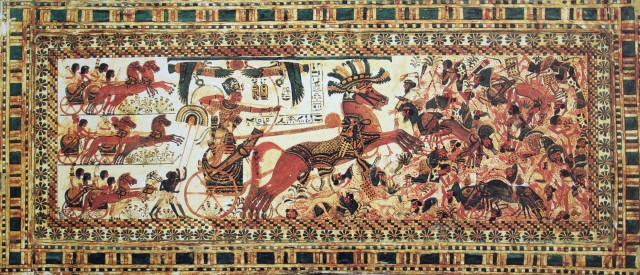
The 2018 Global Peace Index (GPI) is a useful tool for identifying which countries and regions are having the most negative impact on the overall global state of peace, particularly when the trends are considered over time.
The output from the GPI has to be considered carefully as a higher score for a country that is consistently performing well indicates reason for concern, it may still be more peaceful than one that has improved but has consistently performed poorly. A case in point is Spain, which recorded the fourth largest deterioration in peace (a change of 0.127) and dropped 10 places overall to 30th in the GPI rankings. This was mainly due to the political crisis over Catalonia, the government’s response and the polarisation of political attitudes in Spain. There had also been an increase in terrorist attacks in 2017. In contrast, Iraq recorded the third largest improvement in peacefulness (a change of –0.094), rising one place to 130th as a result of the defeat of ISIS and a stronger judiciary. While Spain’s troubles were a major upheaval for the country and may have serious ramifications in the future, they are far from the problems that Iraq faces. There is also the matter of Iraq having made significant gains in peacefulness yet being rewarded with only a small rise in position on the index, indicative of the wide gulf between countries that are peaceful and those that are not. Iraq has been in the bottom five performing countries since the 2013 GPI and remains there in the 2018 GPI.
There are significant differences between the top five and bottom five performing countries in the 2018 GPI. The top five are Iceland, New Zealand, Austria, Portugal and Denmark, while the bottom five are Somalia, Iraq, South Sudan, Afghanistan and Syria. That the latter five have been war torn in the long run goes a long way to explaining their positions in the index. The eight key pillars of positive peace (well functioning government, sound business environment, acceptance of the rights of others, good relations with neighbours, free flow of information, high levels of human capital, low levels of corruption, and equitable distribution of resources) are nigh on impossible to achieve in environments of intense and prolonged conflict. In the 2017 GPI the top performing countries were Iceland, New Zealand, Portugal, Austria, and Denmark, while the bottom five were Yemen, South Sudan, Iraq, Afghanistan and Syria (Yemen was the sixth worse performing in the 2017 GPI and is highly likely to return to the bottom five in the 2019 GPI). The Middle East and North Africa (MENA) region was the worst performing in both the 2017 and 2018 GPIs, while Europe was the highest performing in both GPIs. While two countries out of these ten fall outside of these two regions, the remaining eight are split between four high performing European and four low performing MENA countries. That war is bad for a country’s people and its economy is obvious to the point of banality, and the shallowest comparison of Europe and the MENA would quickly reveal a difference between them. The importance of the GPI conclusions is that they are data driven and based on a comprehensive and repeatable analysis that demonstrates the case through analysis that has depth and detail. We can see where countries and regions are getting it right and how they are doing so. The short answer is the eight pillars of peace.
This returns us to repeating an observation made previously that when tackling intractable and/or protracted conflicts the aim should be the attainment of positive peace alongside that of achieving a negative peace. The latter is an improvement to be sure, because absence of violence and the threat of violence is a step up from armed conflict in any situation, yet for a peace process to be genuinely sustainable the elements of positive peace need to be built in. Countries where an armed conflict has recently ended are notoriously vulnerable to re-escalation when promises such as power-sharing and representation are hard to live up to and a transition has to made from a conflict economy to a national one. The eight pillars are not a mere wish list from which to handpick a useful pillar or two to underpin peace agreements, they are an essential bare minimum by which a society can thrive and competing interests be balanced. Stopping the violence will be at the top of the list of priorities for mediators to any armed conflict, but as the violence is reduced and then ended the institutions that underpin an effective civil society need to be built up. This is particularly applicable to intrastate conflicts, such as those in Yemen, Somalia, Iraq, South Sudan, Afghanistan and Syria.
For more information regarding this week’s blog see:
https://en.wikipedia.org/wiki/Global_Peace_Index
https://reliefweb.int/report/world/global-peace-index-2018
https://wordpress.com/post/turnerconflict.com/599
Dr Carl Turner, Site Coordinator
